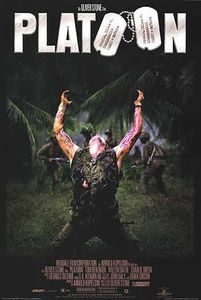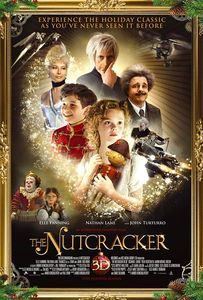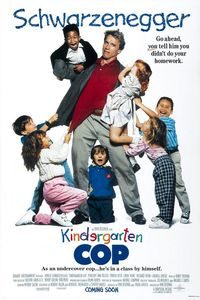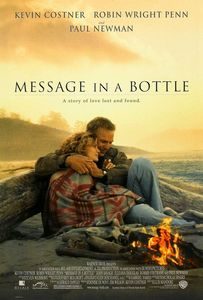Platoon (1986)
(On TV, November 2016) There have been many great movies about Vietnam, but for all of the respect I (and others) have for Apocalypse Now, The Deer Hunter or Full Metal Jacket, I think that Platoon is better than all of them in giving us a cohesive soldier’s view of the conflict, without necessarily building up to a larger metaphorical point. (Apocalypse Now happens in parallel with Vietnam, The Deer Hunter is about the scars it left and Full Metal Jacket is a collection of great sequences with a threadbare link between them.) Oliver Stone writes and directs from his own experiences, and the result has an authenticity that’s hard to shake off. From the first few moments when our protagonist (Charlie Sheen, baby-faced, sympathetic and humble) steps on the ground and sees the haunted veterans, it’s obvious that this is going to be a wart-and-all portrayal of the conflict. By the time our protagonist hooks up with the local drug users, we’re clearly far from pro-war propaganda pieces. Platoon is also canny in how it sets up a conflict between two senior soldiers (one, played by a suitably intense Willem Dafoe, trying to be civilized about an uncivilized situation, and the other, played with even more intensity by Tom Berenger, surrendering to the madness) that compel our protagonist to choose a camp. Terrifying combat sequences all build up to a natural conclusion to our viewpoint character’s war experience. Lauded upon release, Platoon is no less effective thirty years later—largely because it sticks close to its own authenticity and doesn’t try to make more than what’s already a significant point about the combat experience.














